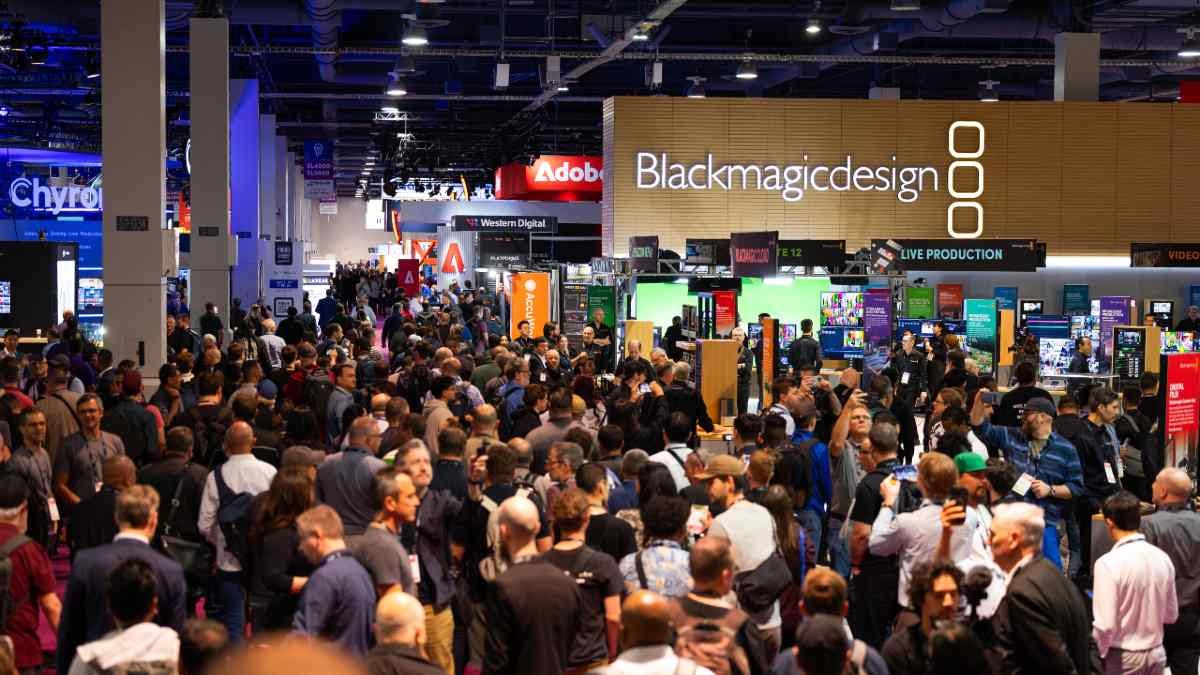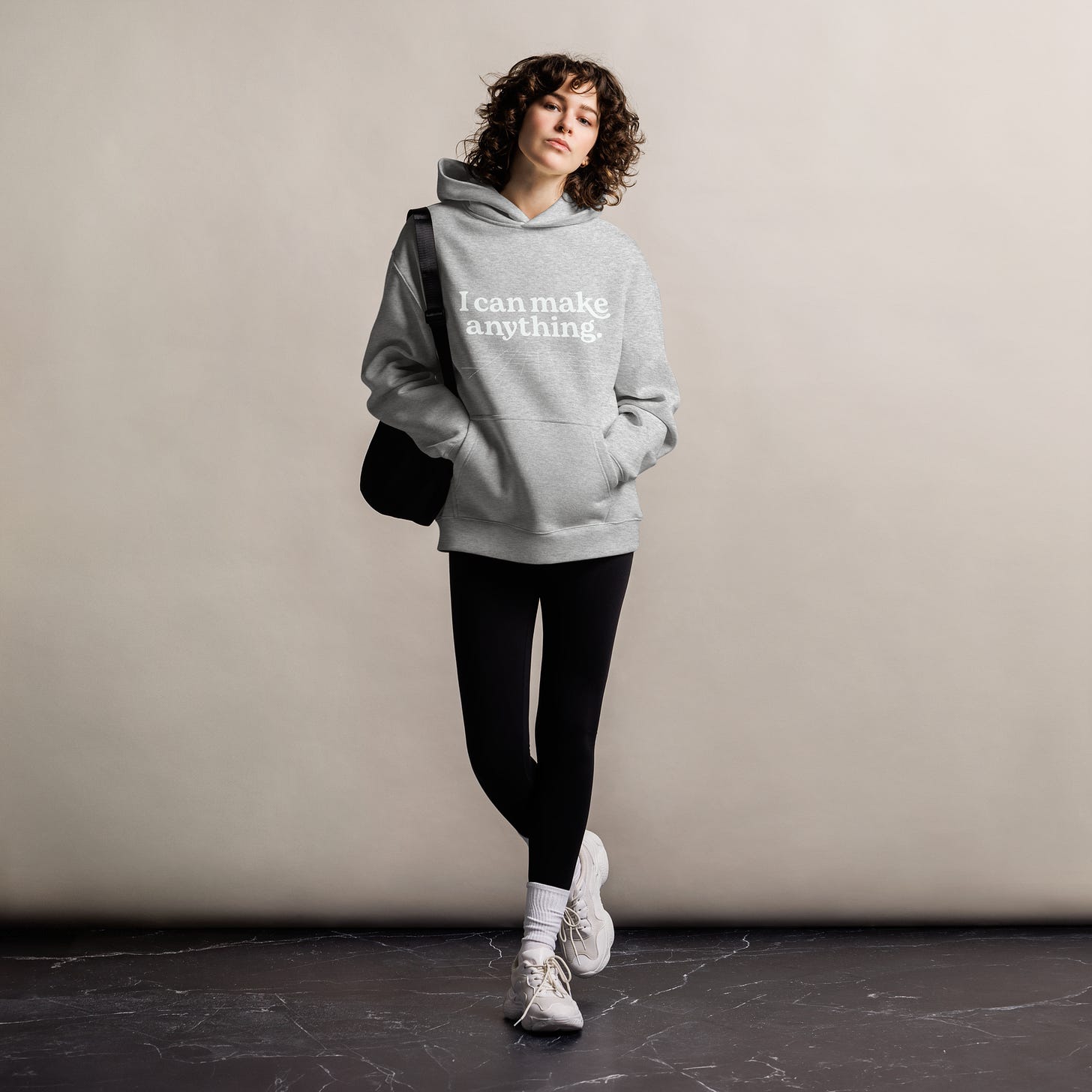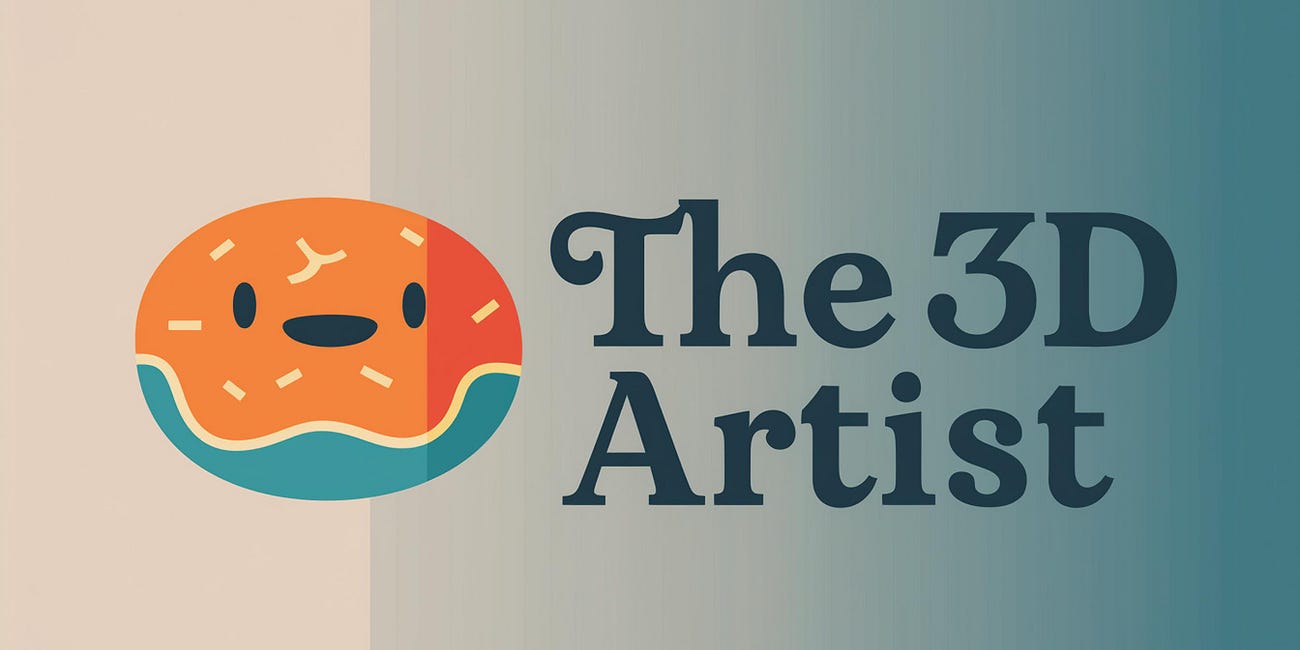I have a confession to make: I love industry conferences.
Don't get me wrong—
I don't enjoy the sensory overload of the exhibition floor.
I don't really like the recycled air.
And I'm lukewarm at best on the stylish convention center carpeting.
But I love the gathering of people, all sharing a common passion and drive.
The connections made, the friendships formed, and the opportunities that arise are so cool to me. I actually landed my first industry job thanks to connections I made at SIGGRAPH back in 2008.
These events are like immersion experiences. You can read articles and study industries all day long, but you don’t fully get a sense of what makes people in that field tick without attending these events. It’s the difference between studying a foreign language in school and actually living in the country.
This week, let's spotlight a conference that's currently underway: the NAB Show.
Reading that, you probably fall into one of two categories…
You either know exactly what NAB is—or you’ve never heard of it and are wondering if it’s pronounced "nab" or N.A.B. (It’s the acronym one, by the way.)
For those 3D Artists in that second group, here’s a helpful comparison:
GDC → Gaming
SIGGRAPH → VFX/Animation
NAB → Motion Graphics/Broadcast
What is NAB?
NAB stands for the National Association of Broadcasters. Founded in 1923, it began as a collective for radio broadcasters and has since evolved to encompass television and digital media professionals. The NAB Show, held annually in Las Vegas, is a massive event that brings together over 60,000 attendees from more than 160 countries. For context: GDC draws around 30,000 and SIGGRAPH around 10,000. NAB is bigger than both combined.
It's a hub for media, entertainment, and tech professionals to showcase innovations and discuss the future of broadcasting.
NAB Show Today
The NAB Show is organized into three main sections: CREATE, CONNECT, and CAPITALIZE. These curated destinations focus on different aspects of the content lifecycle—from creation to distribution and monetization. The exhibition floor is expansive, featuring nearly 1,100 companies, including 125 first-time exhibitors. You’ll find massive booths from companies like Canon, Blackmagic Design, Maxon, and of course, Adobe.
My first experience presenting at NAB as part of Adobe was a couple of years ago, and I was floored by the scale of it all. The Adobe booth had its own presentation stage, an enormous LED wall, and a backstage area complete with two floors and a green room. It was an entire theater built just for a trade show.
Why Should 3D Artists Care?
I know what you might be thinking: isn't NAB just for camera operators, compositors, and broadcast engineers? You know—traditional film and TV folks. What does any of this have to do with 3D?
Actually, more than you’d expect.
3D is quietly becoming essential in this space. Whether it's the dynamic transitions you see during sports broadcasts, augmented reality overlays in live news, or virtual sets replacing physical ones—3D has been creeping into the broadcast world for a while now. And the demand is only accelerating. Just pay attention to all the motion graphics work being done outside of television too on all the ads content you stumble into every day. Once you pay attention you notice it everywhere.
But where things get really exciting is in the evolution of title sequences and show intros. Think back to when TV intros were mostly montage clips or characters dancing around a fountain, or maybe some B-roll of the New Jersey Turnpike with names fading in and out.
Then Game of Thrones came along and changed the entire paradigm. That intro wasn’t just eye candy—it was a narrative tool. It evolved with the show, cluing the audience into where the story would unfold each week. It built the world and set the tone.
Now look at something like Severance. That intro is pure visual abstraction, uncanny and surreal, but it slowly reveals narrative details over time. It’s not just a vibe—it’s part of the storytelling. And guess what? It’s all built by motion graphics and 3D artists.
Here’s the kicker: that kind of work is being driven by incredibly talented motion designers learning 3D. But we rarely see the inverse. Artists trained in 3D—whether in games, VFX, or product design—almost never venture into this world.
Why? Because most don’t know this industry exists, or they simply don’t know how to enter it.
That’s exactly where conferences like NAB come in.
You’ve got to get down there and start seeing the work these companies produce. But even more importantly, you need to hear how they talk about it. You need to learn the language of the industry. Pick up the lingo. Understand the priorities. Absorb the workflows.
That insider knowledge? It’s everything when you're trying to pivot into a new space.
It’s the difference between applying cold to a job you don’t fully understand… and walking in with a portfolio that already speaks their language.
Making the Most of NAB
NAB, like any large conference, can be overwhelming. You can’t possibly do it all, so it helps to go in with a plan.
Do you want to make contacts while you’re there? Join forums, Discords, or LinkedIn groups in advance. A few warm intros go a long way.
Looking to expand your understanding of the industry? Attend talks you don’t fully understand yet. Those are the ones that broaden your perspective.
Whatever you do, make sure you have a system for collecting contact info—whether it’s pencil and paper, a Notes app, or QR codes. Following up is where real connections solidify.

Attending NAB is like stepping into a different dialect of the 3D language. You start hearing people talk about branding, lower-thirds, signal flow, and real-time broadcast overlays. You pick up the lingo, and before you know it, you're speaking the language, too.
If you’re already at NAB—soak it in. I wish I were there.
If not? Maybe mark it down for next year.
Because sometimes, the best way to break into a new industry isn’t through a job post or a portfolio site. It’s just showing up, listening in, and letting the room teach you something new.
The 3D Artist Community Updates
This week, we are thrilled to have Jasmine Katatikarn joining us for an AMA.
Jasmine is a distinguished creative leader, educator, and 3D artist with over two decades of experience in feature animation, visual effects (VFX), and technology. She currently serves as a 3D Tech Artist Manager at Amazon, where she integrates her artistic expertise with technological innovation.
Prior to her role at Amazon, Jasmine was a CG Lead at Framestore and spent over ten years as a Senior Lighting Technical Director at Blue Sky Studios. Her portfolio includes lighting work on acclaimed films such as Ferdinand, Peanuts, Rio 2, Epic, Ice Age: Continental Drift, Rio, and Ice Age: Dawn of the Dinosaurs.
In addition to her industry roles, Jasmine is the co-founder and CEO of the Academy of Animated Art, an institution dedicated to equipping aspiring artists with the skills necessary to excel in the animation and VFX industries. She is also the force behind the Creatineers, is designed for students (K-12) to learn all about the captivating world of art & technology.
Jasmine's multifaceted career reflects her dedication to blending artistic vision with technical prowess and strategic insight, empowering others to pursue their passions and think creatively beyond conventional boundaries.
3D Merch is here and we have a new hoodie!
3D News of the Week
Trump's tariffs send shockwaves through the video game industry - TechSpot
ZBrush for iPad gets the update that 3D artists had been hoping for - Creative Bloq
Technicolor Bankruptcy: TransPerfect Acquires MPC and The Mill’s France Operations - Variety
Does Fashion Want To Wade Into The AI Copyright Battle? - The Interline
3D Tutorial
3D Job Spreadsheet
Link to Google Doc With A TON of Jobs in Animation (not operated by me)
Hello! Michael Tanzillo here. I am the Head of Technical Artists with the Substance 3D Growth team at Adobe. Previously, I was a Senior Artist on animated films at Blue Sky Studios/Disney with credits including three Ice Age movies, two Rios, Peanuts, Ferdinand, Spies in Disguise, and Epic.
In addition to his work as an artist, I am the Co-Author of the book Lighting for Animation: The Visual Art of Storytelling and the Co-Founder of The Academy of Animated Art, an online school that has helped hundreds of artists around the world begin careers in Animation, Visual Effects, and Digital Imaging. I also created The 3D Artist Community on Skool and this newsletter.
www.michaeltanzillo.com
Free 3D Tutorials on the Michael Tanzillo YouTube Channel
Thanks for reading The 3D Artist! Subscribe for free to receive new posts and support my work. All views and opinions are my own!








